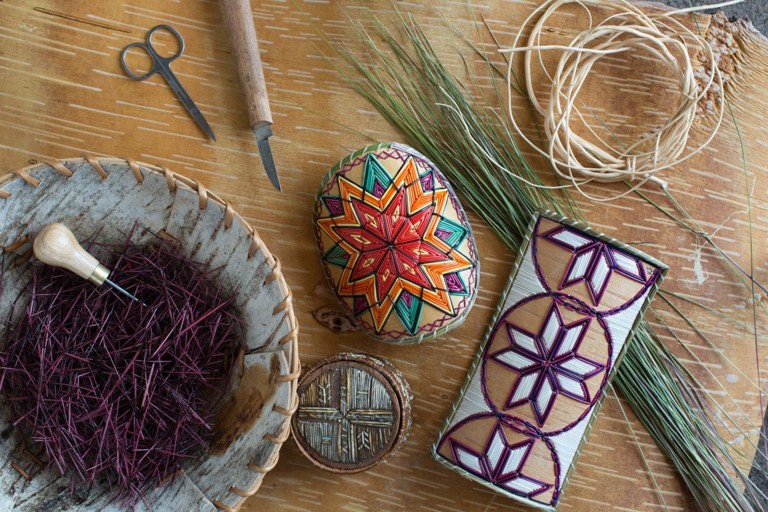Indigenous Artisans Bring New Life to Canadian Design
Across Canada, Indigenous artists are weaving traditional craftsmanship with modern aesthetics, gaining recognition in major galleries and fashion houses alike.
October 15, 2025 09:23
By Evan McAllister

Across Canada, a new wave of Indigenous artisans is redefining what it means to create modern design. From fashion to furniture, these makers blend ancestral knowledge with contemporary aesthetics, crafting works that speak to both identity and innovation. Their art is more than decoration — it’s reclamation, dialogue, and storytelling woven into every thread and carve.
In Vancouver, jewelry designer Raven Littlefeather draws inspiration from Haida motifs passed down through her family. Her silver and cedar pieces merge traditional carving with minimalist form, resulting in wearable art that bridges time. “Our designs carry memory,” she explains. “They remind people that our culture isn’t history — it’s alive and evolving.”
Indigenous fashion collectives like Ayimach, based in Winnipeg, are challenging mainstream perceptions by putting Indigenous models, materials, and narratives at the forefront. Their runway shows at national events have garnered praise for authenticity and craftsmanship. Many young creators see fashion not just as self-expression but as a platform for education and visibility.
Meanwhile, in Nunavut, textile artist Marika Akee transforms sealskin and tundra cotton into contemporary home décor. Her studio, overlooking Frobisher Bay, doubles as a community workshop for youth. “I teach sewing and pattern-making,” she says. “It’s about continuity — ensuring these skills are never lost, even as we innovate.”
Museums and galleries are beginning to follow suit, rethinking how Indigenous works are displayed. The Winnipeg Art Gallery’s Qaumajuq Inuit art center, for instance, prioritizes collaboration and curation by Indigenous voices. The shift reflects a broader effort to restore agency to the creators themselves, dismantling the barriers that once kept their stories on the margins.
Economically, the movement is also reshaping the Canadian design market. Demand for authentic, ethically produced Indigenous art has grown, encouraging collectors and retailers to engage directly with artisans rather than mass distributors. The result is a more equitable exchange rooted in respect, transparency, and shared cultural value.
As Indigenous artisans continue to expand their influence, they are not merely reclaiming space — they are reshaping it. Their designs stand as living proof that creativity thrives where tradition and innovation meet, and that Canada’s design identity is far richer when told through Indigenous hands.